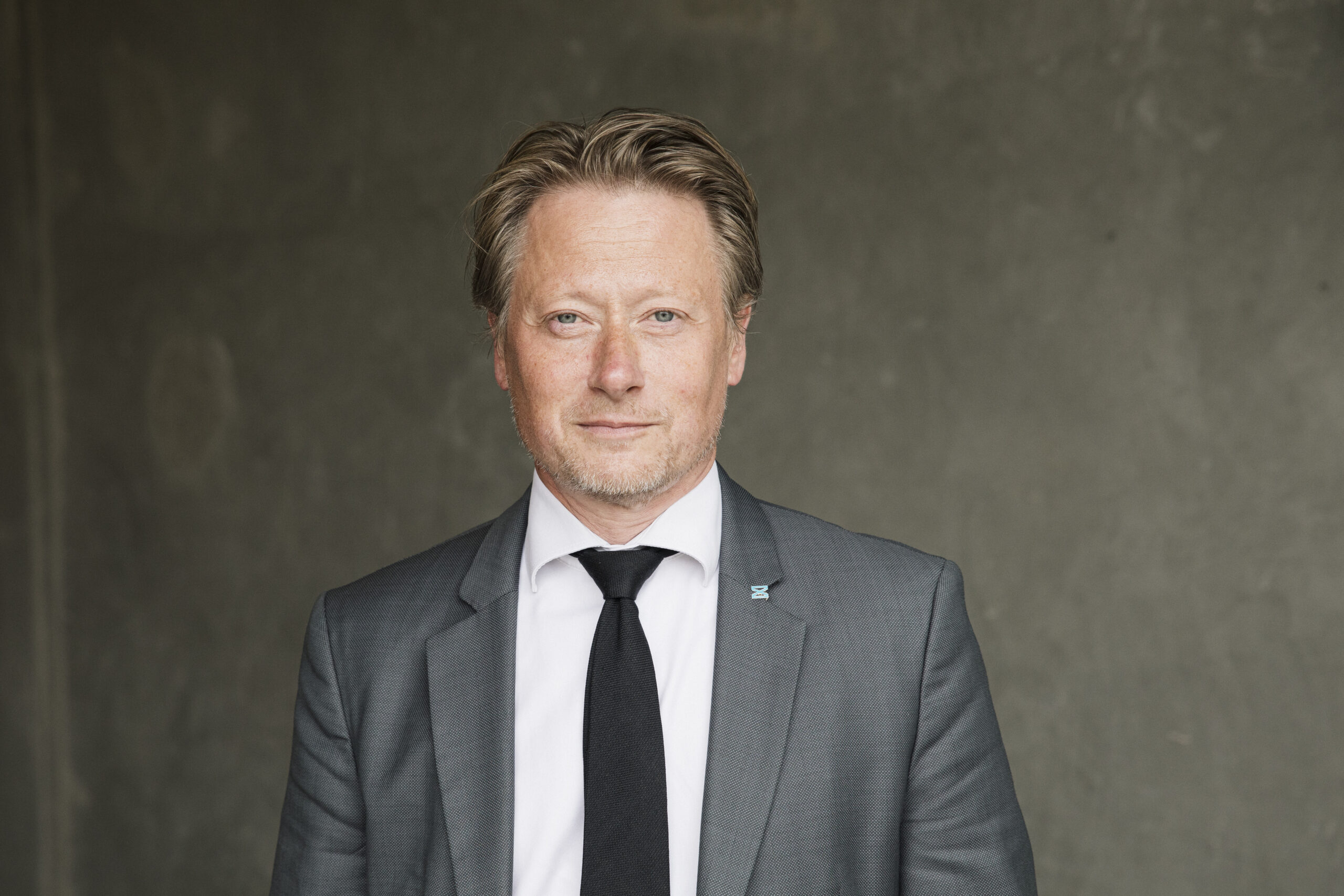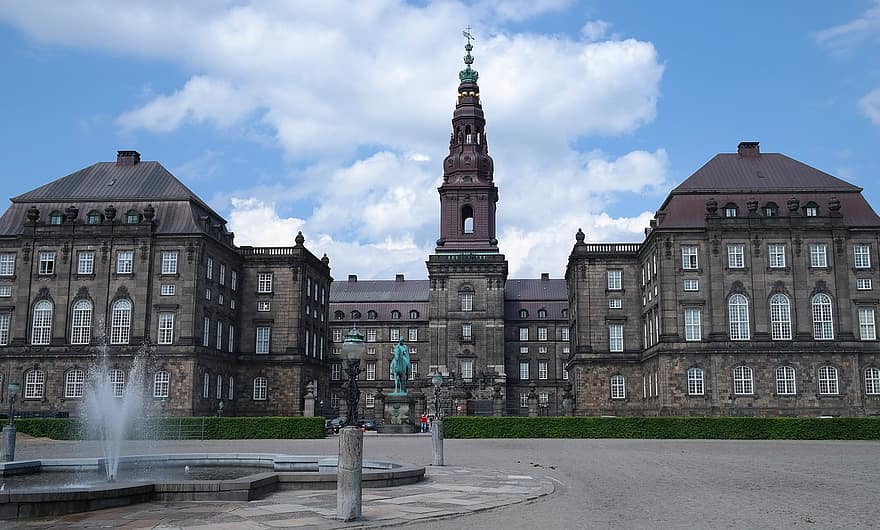A majority on the City Council has expressed interest in a plan to sink one of the city's main approach roads into a tunnel and re-establish the stream that once flowed where the road now is.
Previously, the Åboulevarden tunnel was estimated to cost about 15 billion kroner, but a recent Rambøll report suggested that it would only cost four billion kroner.
Councillor Morten Kabell (Enhedslisten) is now calling for money to be set aside in the 2014 city budget to fund a more detailed feasibility study.
“The tunnel will solve multiple congestion issues and the establishment of a kilometre-long park in connection with the stream will contribute to the city's development and make the city much greener,” Kabell told Politiken newspaper.
Reducing traffic and floods
The idea looked to have been shelved for good this summer due to financial constraints, but then it gained increased support when it was suggested that the three-kilometre tunnel under the Nørrebro district could be used to help prevent flooding and allow for the establishment of greenspaces and help reduce traffic.
A prospective tunnel could also be used to contain large amounts of flood water which could come from extreme downpours, such as was the case in the summer of 2011.
The tunnel would reduce the number of cars travelling on Jagtvej Road each day by 2,700 by 2032, 10 percent lower than currently projected. Furthermore, congestion on H.C. Ørstedsvej Road would be halved.
Councillor Lars Weiss (Socialdemokraterne) said looking into the possibility of building a tunnel would be “money well spent”.
Anna Mee Allerslev (Radikale), the deputy mayor for integration and employment, has gone as far to suggest that the tunnel be extended to H.C. Andersens Boulevard, in the city centre, and on to the waterfront.
A historic comeback
In late the 1800s, Ladegårds Å, which flows in from north of the city, was diverted into an underground pipe, allowing for the development of the heavily travelled Åboulevard. Now a group known as Miljøpunkt Nørrebro, is calling for it to be allowed to run freely again. The idea won the group Politiken’s ‘Vision of the Year’ award earlier this year.
Anders Jørn Jensen, the project manager for Miljøpunkt Nørrebro, said he was certain the tunnel would lead to reduced traffic.
“This will happen because many will choose to take other routes. It’s positive because particularly Jagtvej is already congested well beyond its capacity. It will lead to less idling and fewer wasted work hours,” Jensen told Politiken.
Congestion not gone, just moved
The deputy mayor for environmental issues, Ayfer Baykal (Socialistisk Folkeparti), was more sceptical about the project.
“I have a hard time believing that it will reduce the number of cars in Copenhagen, which is the biggest challenge we’re facing. It’s naïve to think that we’ll solve the problem by digging the cars down on one stretch, because they need to emerge somewhere,” Baykal said.
According to the report, one of the main reasons why the tunnel is so much cheaper now is that the original plan called for a tunnel to be drilled, not dug.











